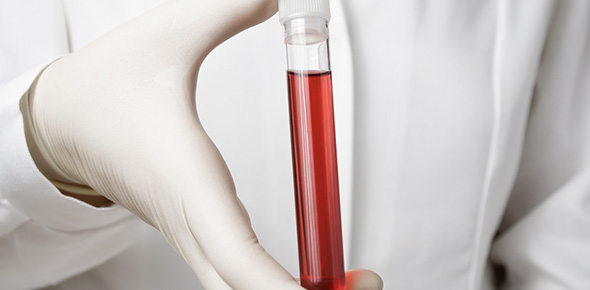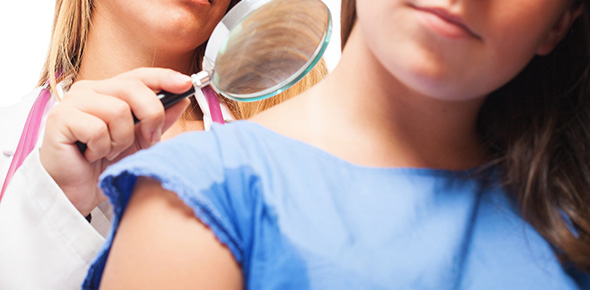Related Flashcards
Cards In This Set
| Front | Back |
|
Gastric intubation
types of tubes |
Inserting a tube
- soft- flexible - salem pump (blue side port) - red rubber tube - straight - smaller bore tube |
|
Nasogastric tube
|
- flexible tube passed through:
- nares (nostrils) - nasopharynx (posterior to pharynx) - esophagus then into the stomach |
|
Residual
|
Fluid sitting in the stomach
- when you pull back on syringe you get gastric residual - large amount you dont want to give feeding and give residual back |
|
If there are no bowel sounds with continuous feeding
|
Stop the feeding
|
|
Purpose of gastric intubation
|
- adminster gavage feedings (given through stomach)
- obtain specimens (gastric analysis and cytology) - irrigate/cleanse (lavage)--irrigates stomach if active bleeding in stomach - decompression (suction)--pressure in stomach to lower pressure (pressure can be from after surgery b/c anesthesia stops peristalsis) |
|
Purpose of gastric NANDA
|
- impaired tissue integrity (around nare)
- defecient fluid volume (b/c suction), anxiety |
|
Tube locations
|
Nose to stomach: nasogastric
mouth to stomach: orogastric artificial opening into stomach: gastrostomy (surgically inserted from abdominal wall) |
|
NGT sizes
|
12-18 Fr (french)
12-ped size 18- larger *don't want to get smallest size |
|
Single lumen
|
- levin tube
- doesn't have blue port |
|
Central lumen
|
With a separate air vent- salem sump, has a separate port
|
|
Blue port
|
- allows gases to escape
- never use for anything, let hang it will disrupt the one way valve Purpose: doesn't make peristalsis work quicker, helps with distension |
|
Nursing interventions
|
- maintain patency (irrigation) use sterile water/saline whatever is ordered
- provide measures to promote comfort of tube (how we tape it. frequent mouth care nare care (vaseline) - cleanse around nares - lubricate the oral and nasal membranes (q couple hrs) |
|
Dobhoff
|
Usually used for pediatrics
- for feedings - confirmed by x-ray - long term |
|
Nursing assessment
|
- obtain history of nasal surgery/trauma, nasal pallops
*contraindicated for clients with facial injuries/craniofacial surgery) - assess nares (penlight in each one, tissue integrity, leisons, reddened) - occlude one nare at a time and assess nose breathing |
|
Nursing assessment con't
|
- assess abdomen (before and after, IAP)
- ask history of previous NGT - assess ability to cooperate/obtain assistance if necessary (if confused may need 3 ppl to assist) |





